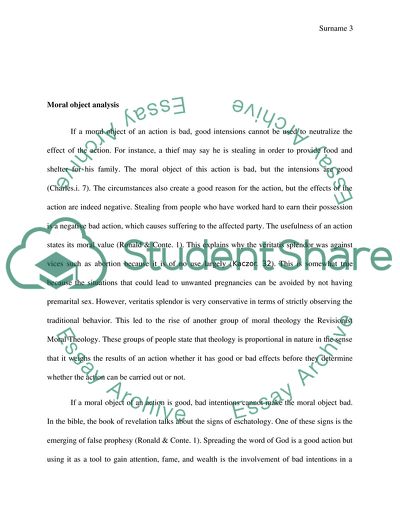Cite this document
(The Fonts of Morality Case Study Example | Topics and Well Written Essays - 1750 words, n.d.)
The Fonts of Morality Case Study Example | Topics and Well Written Essays - 1750 words. https://studentshare.org/religion-and-theology/1807121-the-fonts-of-morality-and-veritatis-splendor
The Fonts of Morality Case Study Example | Topics and Well Written Essays - 1750 words. https://studentshare.org/religion-and-theology/1807121-the-fonts-of-morality-and-veritatis-splendor
(The Fonts of Morality Case Study Example | Topics and Well Written Essays - 1750 Words)
The Fonts of Morality Case Study Example | Topics and Well Written Essays - 1750 Words. https://studentshare.org/religion-and-theology/1807121-the-fonts-of-morality-and-veritatis-splendor.
The Fonts of Morality Case Study Example | Topics and Well Written Essays - 1750 Words. https://studentshare.org/religion-and-theology/1807121-the-fonts-of-morality-and-veritatis-splendor.
“The Fonts of Morality Case Study Example | Topics and Well Written Essays - 1750 Words”. https://studentshare.org/religion-and-theology/1807121-the-fonts-of-morality-and-veritatis-splendor.


